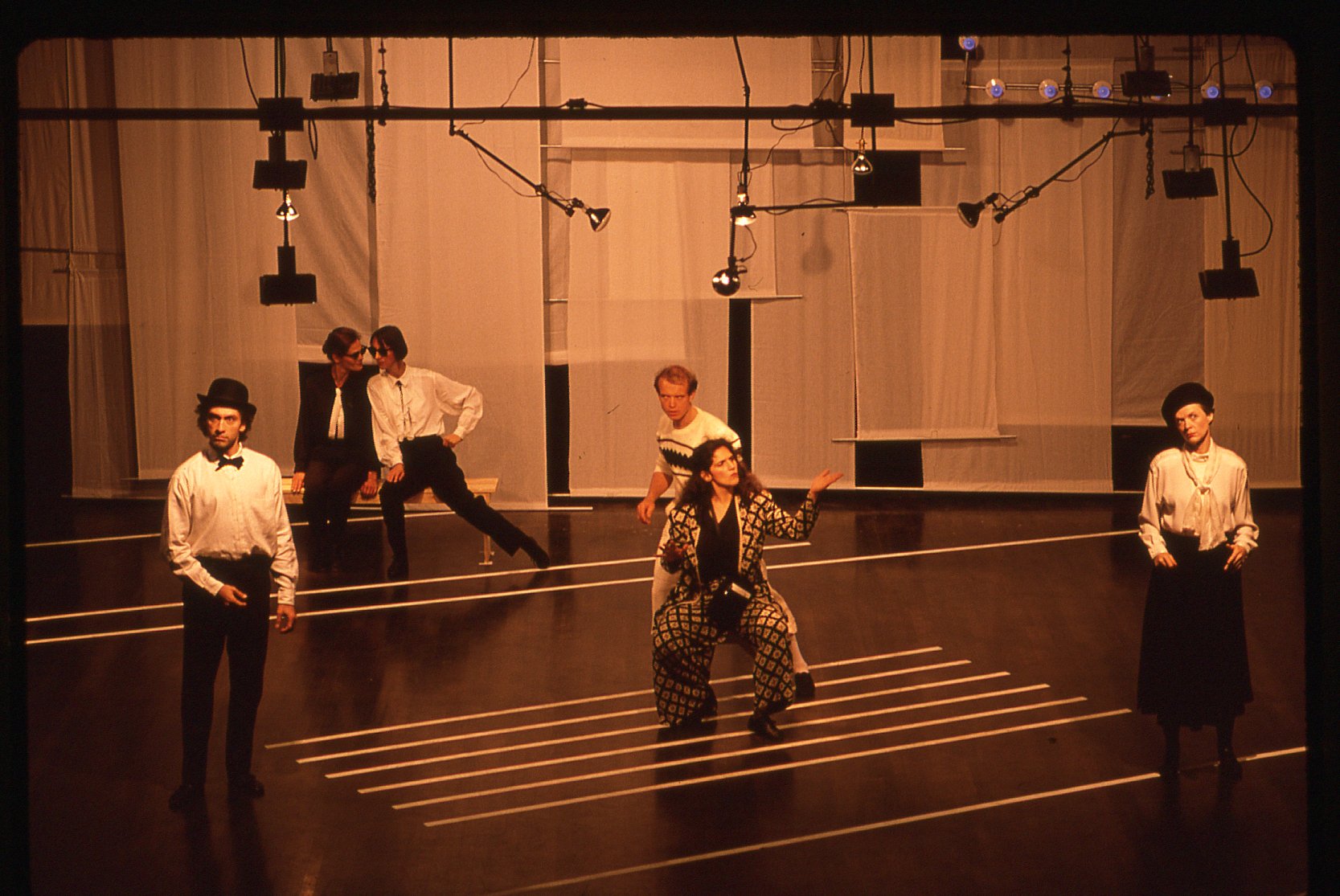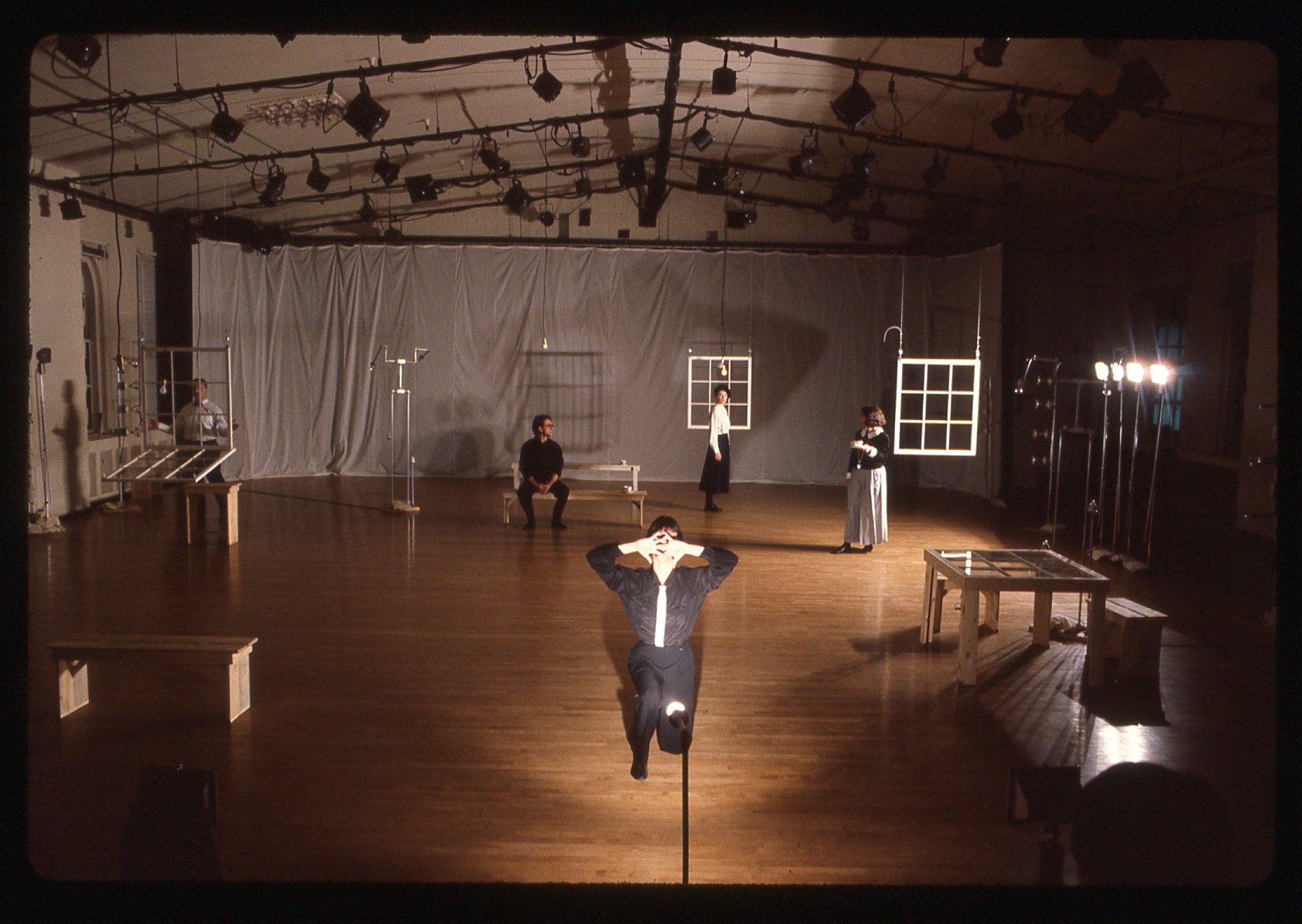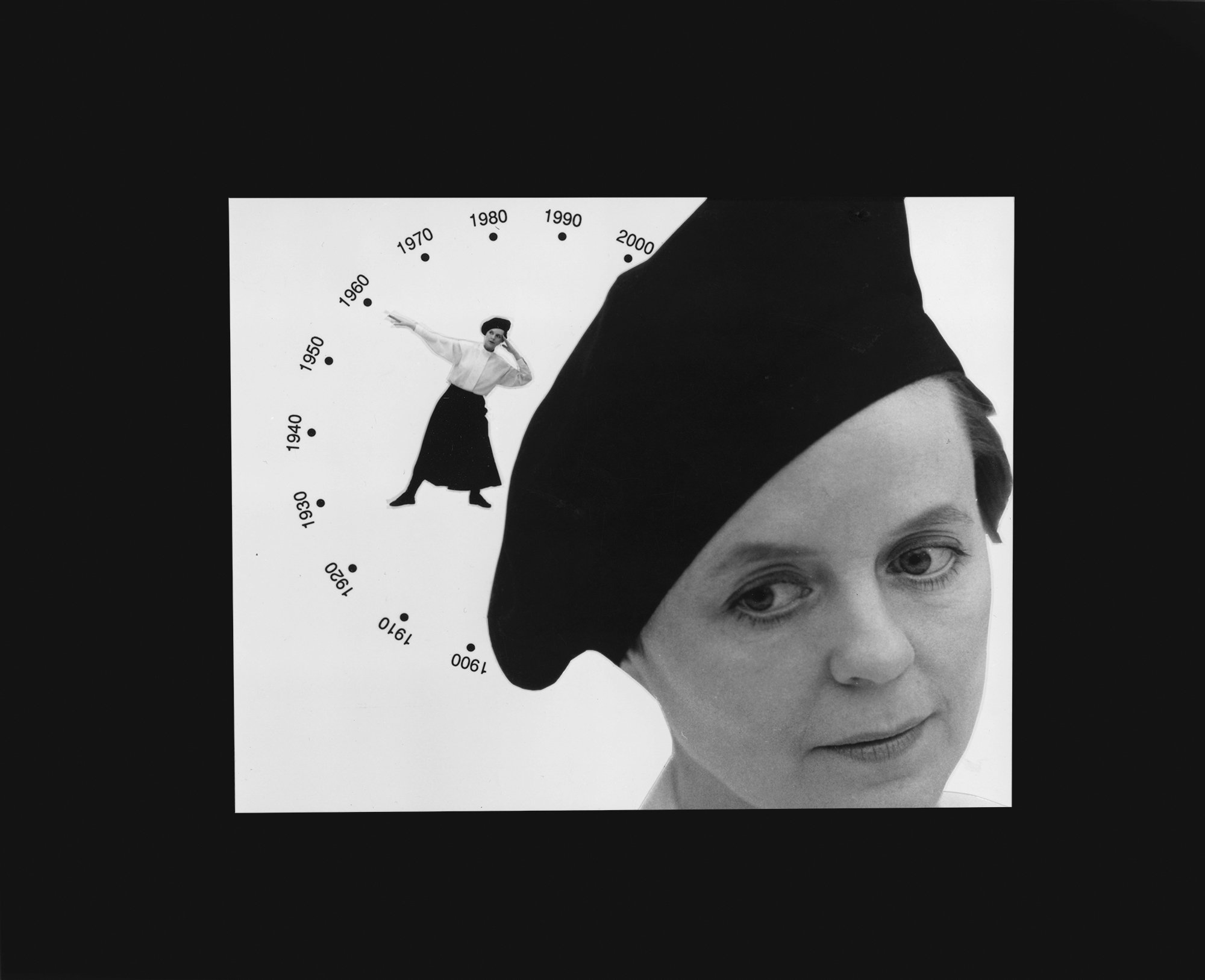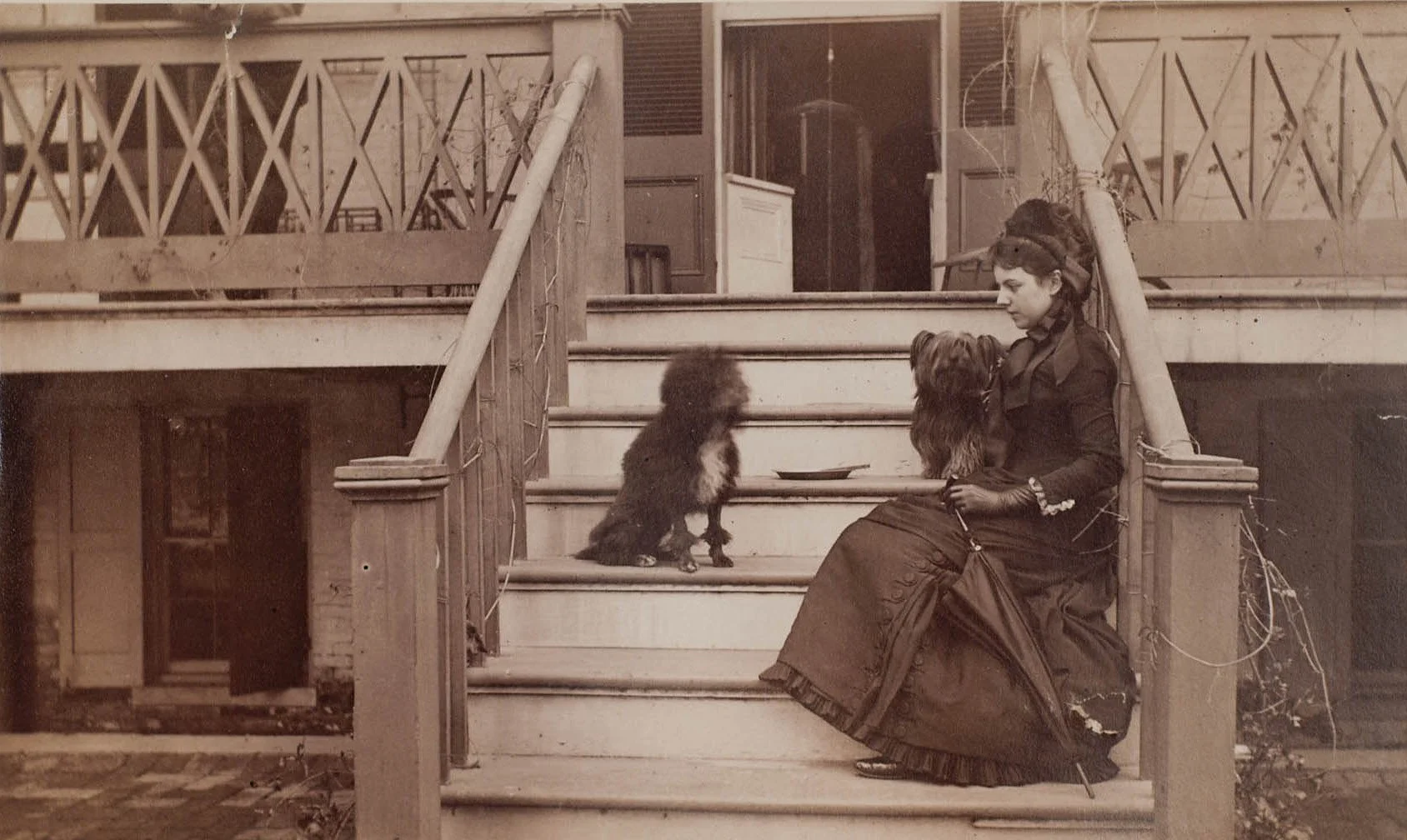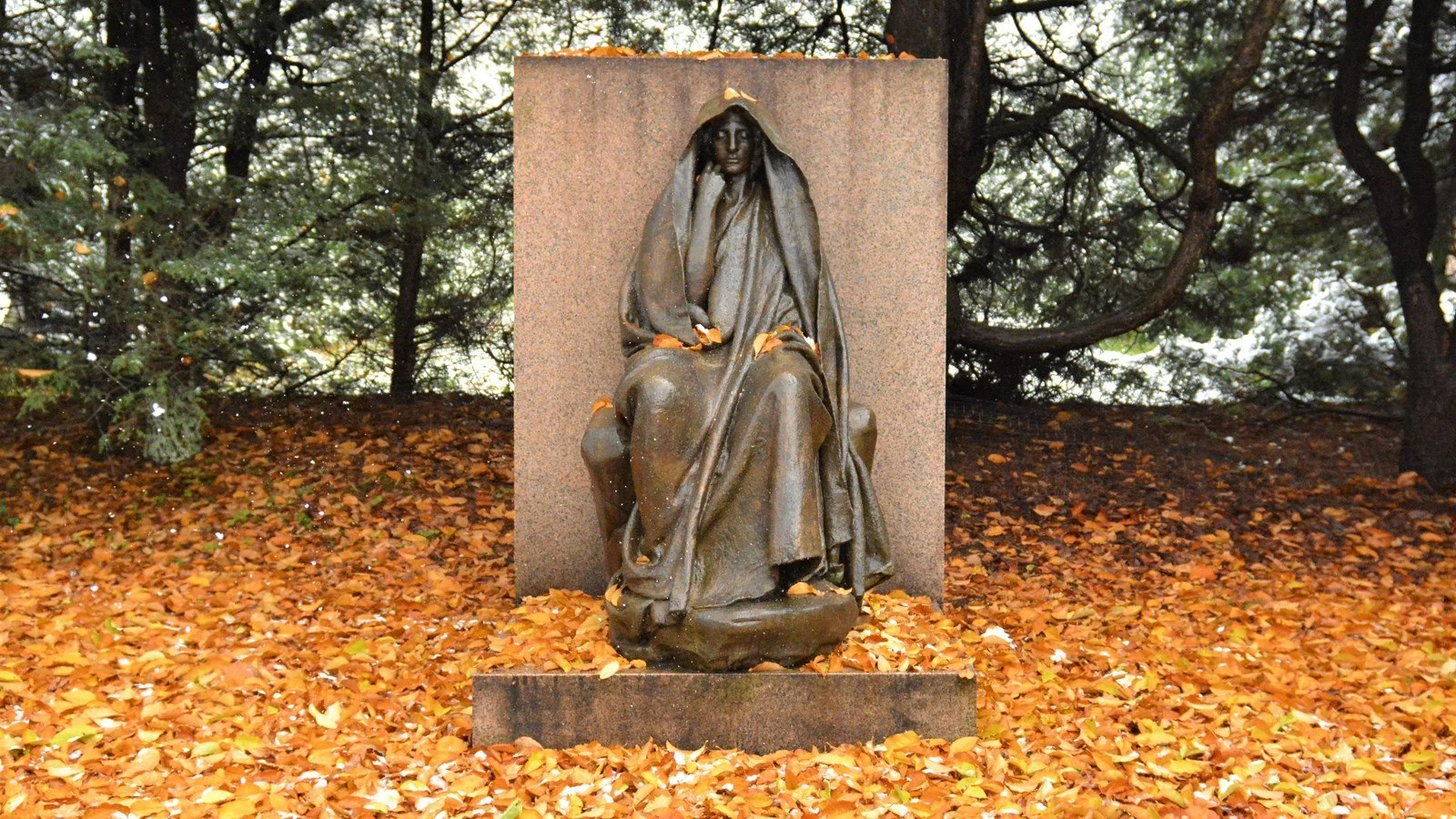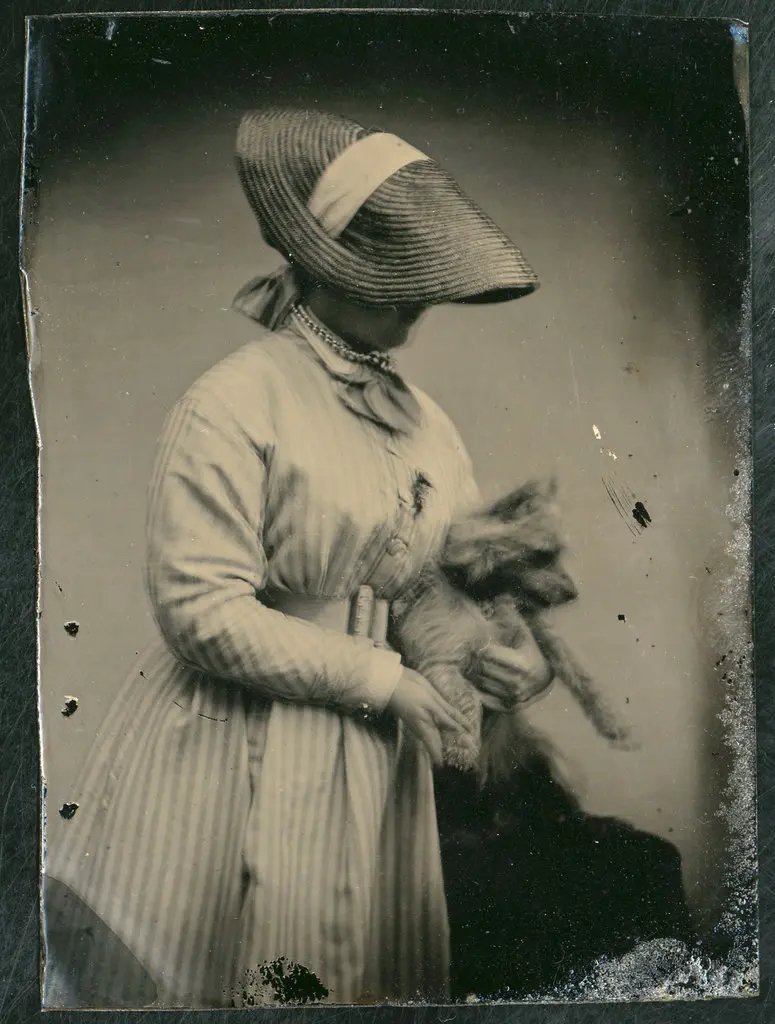
Clover Trilogy
In 1989, Linda Mussmann came across the story of Clover Hooper Adams, known for being the wife of Henry Adams, himself a descendent of founding father John Adams. As Mussmann dug deeper, she discovered a woman deliberately erased from history - in Henry’s autobiography, his wife of twenty years is not mentioned once.
Clover was interested in photography from a young age, and when she was eighteen years old, bought eighteen grim war scenes from the Civil War photographer William Brady. She acquired a camera ("my new machine" as she called it) and began taking pictures herself. In her letters, Clover described the last two years of her life where entire mornings were spent in her new dark room making two to three photographs. The process of making a photo was very complex, and was considered an appropriate pastime for an adventurous woman of the 1880’s.
On December 6, 1885, Henry found Clover on the floor before the fireplace. She had taken potassium cyanide, one of the chemicals used to process her photographs.
Clover’s story haunted Mussmann, and inspired three stage productions between the years of 1989-1992. These pieces are not strictly biographical, but rather use the idea of Clover to examine the way destiny has been manipulated by those in power, and how the actions of some characters, fictional and non-fictional, have challenged and resisted those efforts.
LITTLE STUMPS AND REAL CONVERSATIONS (1989)
LITTLE STUMPS - THE DEAL (1990)
Following her death, Henry destroyed most of Clover’s diaries.
"She was so effectively blotted out that all the world knows of her is her suicide - for that could not be successfully concealed, and her tomb - for that was art." K. Simonds, 1931.
A half century passed in silence until 1934, when an essay on Clover written by Katharine Simonds appeared, and again in 1936 when the letters of Mrs. Henry Adams (1865-1883) were published.
Clover’s unmarked grave is decorated by a now-famous statue by Augustus Saint Gaudens, entitled The Mystery of the Hereafter and The Peace of God that Passeth Understanding, but commonly referred to as Grief.
After using first a male then a female model, Saint Gaudens created a hooded figure as requested by Henry, "to embody a philosophic calm, a peaceful acceptance of death and whatever lay in the future."
